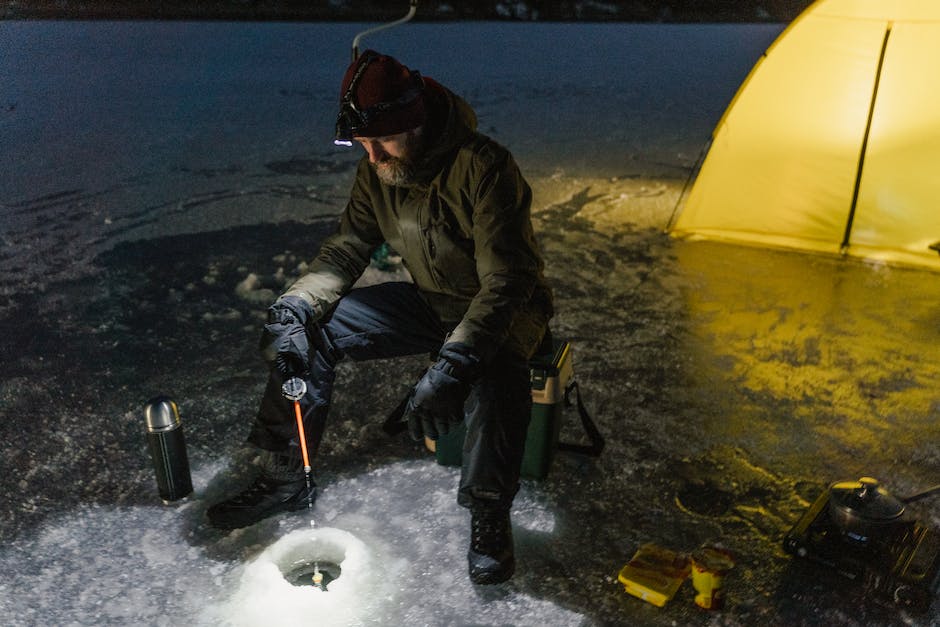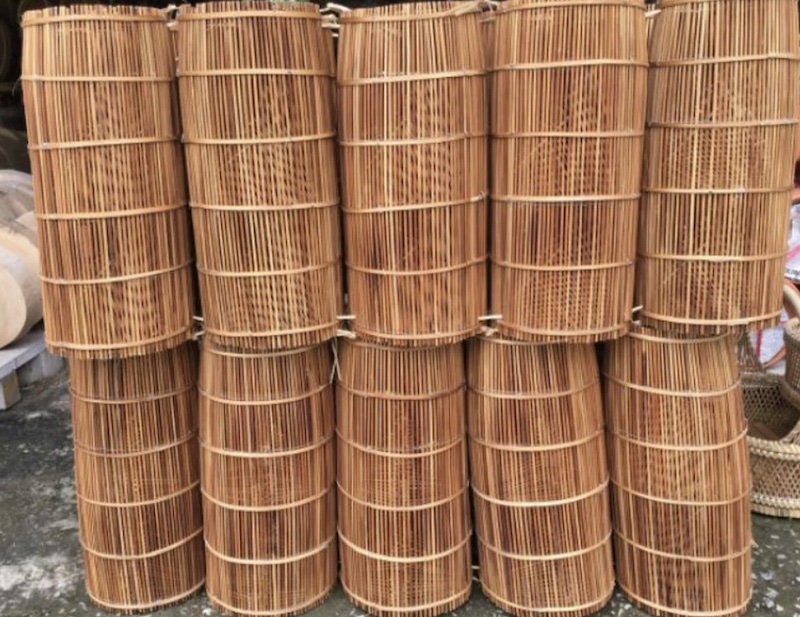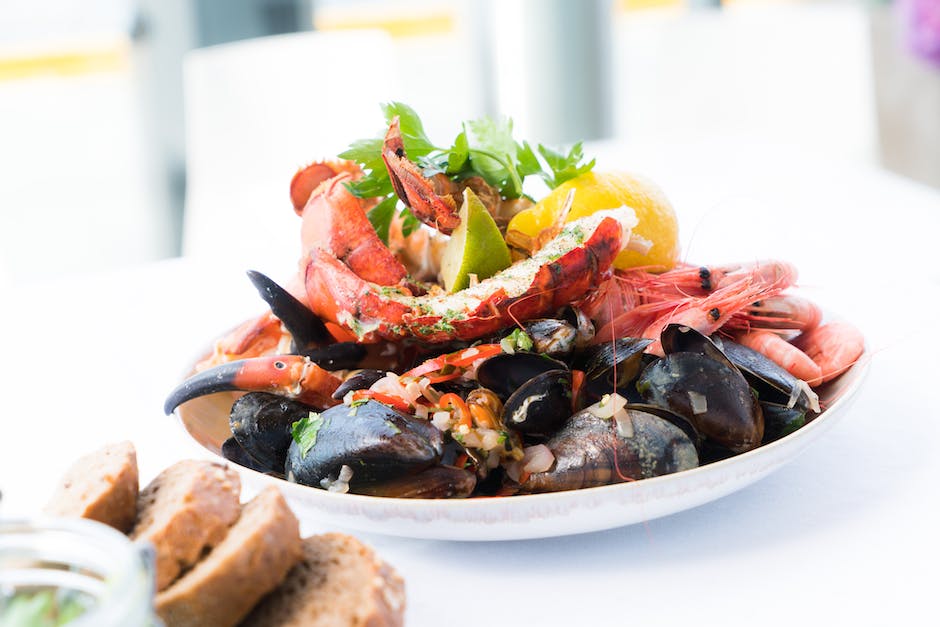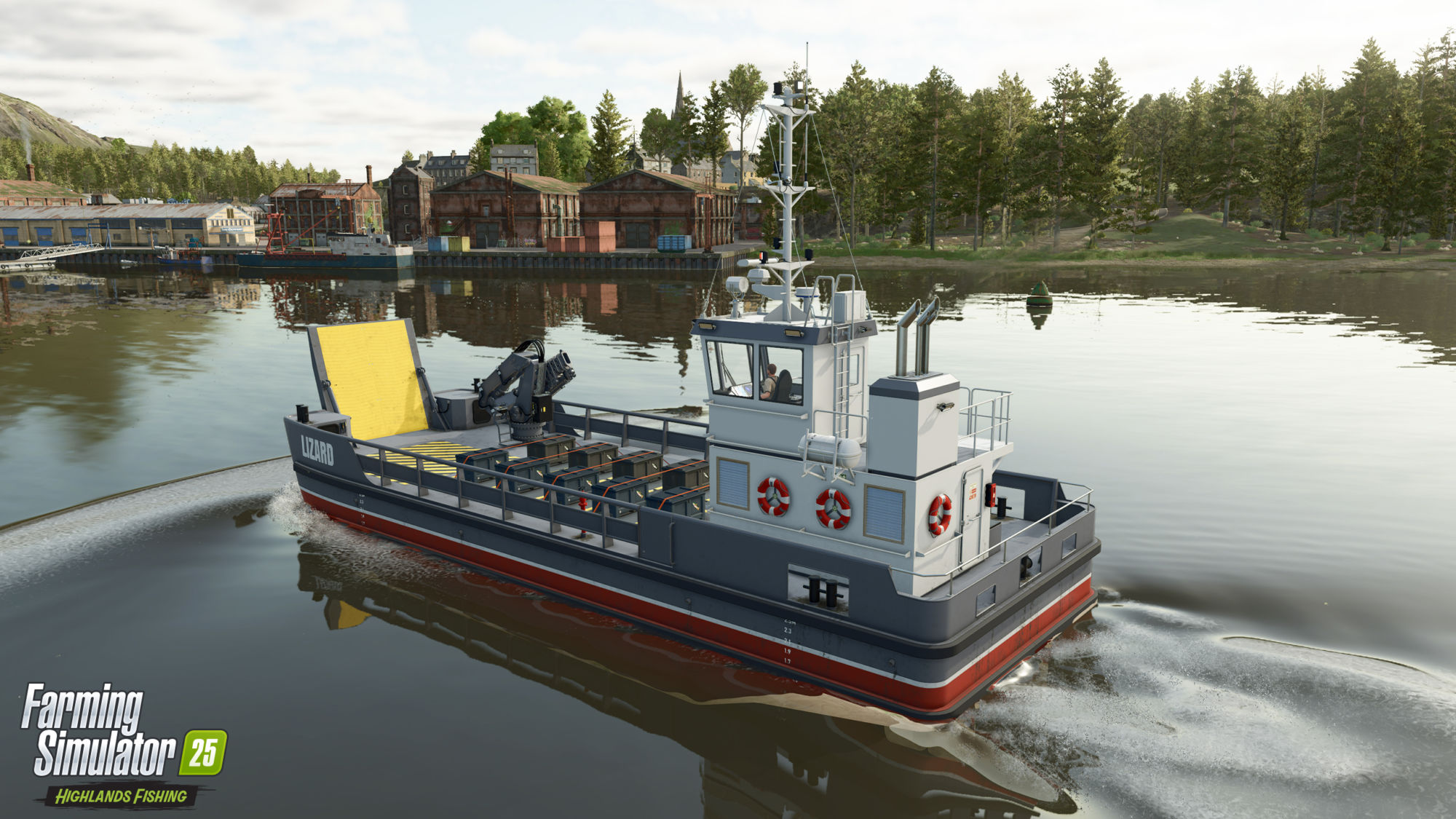
Survival Skills: How To Catch And Prepare Wild Crabs In A Survival Situation
When it comes to survival situations, knowing how to catch and prepare wild crabs can be a valuable skill. Not only are crabs a good source of protein, but they can also be found in many coastal areas around the world.
The first step in catching wild crabs is to find them. Look for areas with rocky or sandy bottoms, as crabs tend to hide in crevices or burrow in the sand. You can also try using a crab trap, which is a simple device that lures crabs inside with bait and then traps them.
Once you have caught your crabs, it's important to prepare them properly. The first step is to clean them by removing the gills, stomach, and intestines. This can be done by using a sharp knife or scissors to cut along the underside of the crab and then removing the organs.
Next, you will need to cook the crabs. One popular method is to boil them in saltwater for about 10-15 minutes. You can also steam them or grill them over an open flame. Once they are cooked, you can crack open the shells and enjoy the meat inside.
It's important to note that not all crabs are safe to eat. Some species, such as the stone crab, have claws that are poisonous and should not be consumed. Additionally, crabs that have been exposed to pollution or other toxins may not be safe to eat.
If you are unsure about the safety of the crabs in your area, it's best to err on the side of caution and avoid eating them. It's also important to follow local regulations and obtain any necessary permits before catching wild crabs.
Knowing how to catch and prepare wild crabs can be a valuable skill in a survival situation. By finding and cleaning the crabs properly, and cooking them thoroughly, you can enjoy a nutritious and tasty meal. However, it's important to be aware of the safety risks and regulations in your area before attempting to catch and eat wild crabs.
Popular Blog Posts
Latest News
About our Website
Step right into Wild-Crab, where the crabby seas meet the kitchen. No matter if you're an avid crab hunter or a culinary connoisseur of crab delicacies, we've got your back. Our ambition is to spread the elation and thrill of crabbing to every kitchen and fishing boat out there.
Looking to excel in the fine art of crab hunting or create a mouth-watering crab cuisine in the comfort of your own kitchen? You're in luck! Our recipe compendium is specially crafted to cater to both seasoned crabbers and culinary rookies. Our detailed instructions are easy to follow and designed to propel your crabbing prowess to new heights, whether you're standing on the sandy shores or stirring up a culinary masterpiece in the kitchen.
Resources
Quote of the Day
"If an architect makes a mistake, he grows ivy to cover it. If a doctor makes a mistake, he covers it with soil. If a cook makes a mistake, he covers it with some sauce and says it is a new recipe."
– Paul Bocuse






